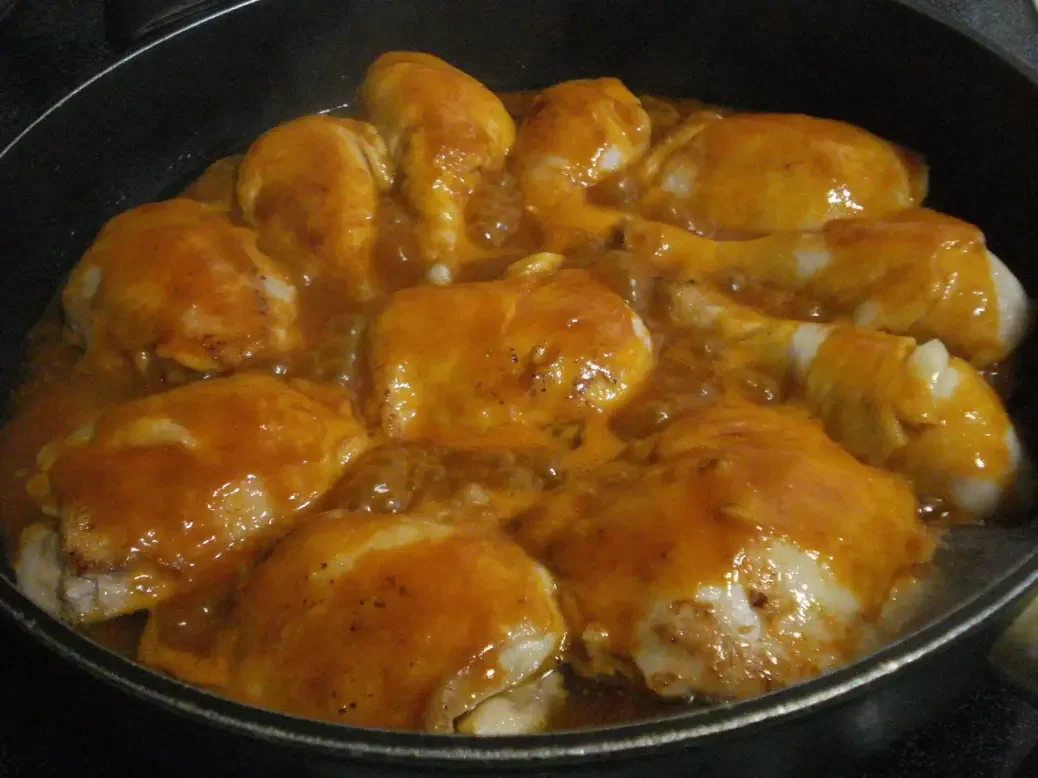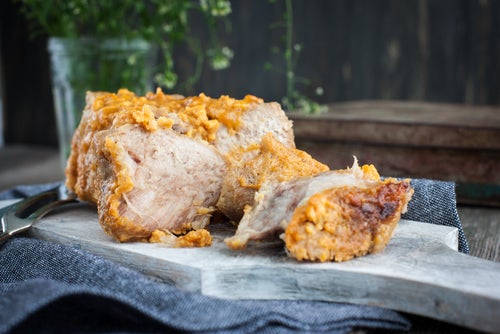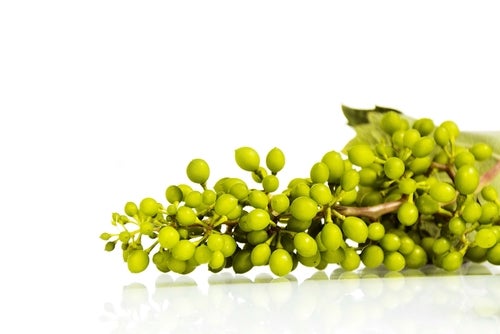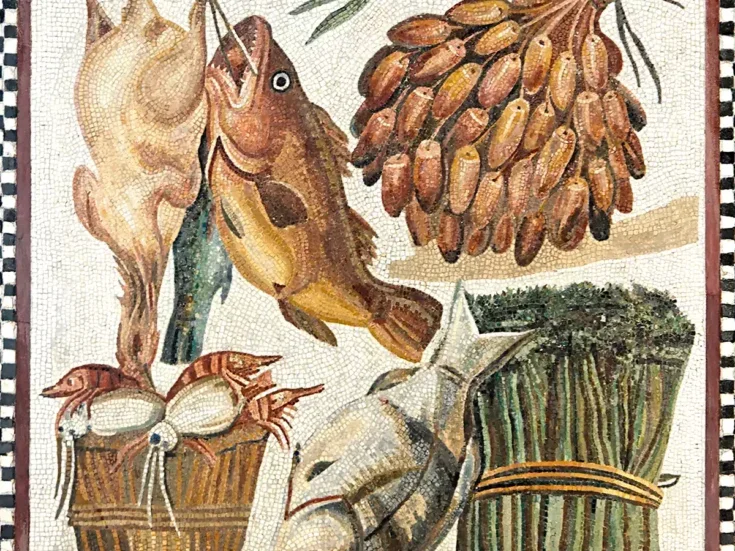
Not for the first time in this series on wine country cuisine, the classic dish that is the subject, poulet Gaston Gérard, is said to have been the result of a culinary mishap which caught the attention of Maurice Edmond Sailland, the celebrated food writer better known as Curnonsky, who coined the word gastronome and was then dubbed Le Prince des Gastronomes. And not for the first time I found myself wondering how much truth there was in the story. As I can find no alternative explanation for its invention or naming, I think it’s likely to be true, but I’ll tell the story and you decide. As I say, I have no other to offer.
One evening in the 1930s, quite possibly 1930 itself and, if one writer is to be believed, the month of August, the mayor of Dijon, Gaston Gérard, had invited Curnonsky to dine at home with him and his wife. Some versions say that Gaston Gérard was deputy mayor rather than mayor but, according to Wikidata, Gaston Gérard was mayor from 1919 to 1935, so I am going with that. More importantly, Madame Gérard, whose name was Reine Genevieve Bourgogne (which sounds a bit too good to be true), was preparing a chicken in her usual way, probably a poulet de Bresse, when a jar, or the contents of a jar, of paprika fell accidentally onto the cooking chicken.
With no means of getting the paprika out, Madame Gérard added wine—white Burgundy bien sûr—crème fraiche, mustard and Comté cheese to the chicken to douse the paprika flavor. In an alternative version, it is mustard, not paprika, that was inadvertently upended generously on the chicken, but it doesn’t make much difference to the outcome: crème fraiche and white wine were used in this case to curb the mustard flavor.
It is said that Curnonsky enjoyed the dish so much he named it after his host. I have to say here that my inner feminist feels that it should have been named poulet Madame Gérard or poulet Reine Genevieve Bourgogne after the cook and hostess, but that’s by the by and I am with Curnonsky on the success of the dish, which meets his famous exhortation: “La cuisine et quand les choses ont le goût de ce quelles sont. Et surtout, faites simple!” (Good cooking is when things taste of what they are. And above all, keep it simple!)
Wine, cream and cheese make for a dish that, old-fashioned in its richness, may not be as popular as it once was, but it remains a classic of Burgundian cooking. It still features in restaurants and domestic homes, and wine producers who have given recipes for it include Domaine Jean-Noel Gagnard, Au Bon Climat, and Lingua Franca.
The one argument against Curnonsky’s part in its naming is that in Larousse Traditional French Cookery by Curnonsky (a 1989 translation of the 1987 revised edition of his Cuisine et Vins de France, first published in 1953), the recipe which is, to all intents and purposes, poulet Gaston Gérard, has the more utilitarian name of Chicken gratin with mustard and cheese, and there is no mention of anything Burgundian other than Dijon mustard.
No matter. The essential ingredients are a good chicken (jointed), butter (or olive oil) to sauté it in, paprika, Comté cheese, white Burgundy, crème fraîche, Dijon mustard and breadcrumbs. Some recipes say Gruyère can be used instead of Comté (I favor Comté), some don’t specify the type of white wine, a few include shallots, garlic, and lardons (unnecessary in my view and they edge away from Curnonsky’s exhortation to: “Faites simple!”). Overall, though, recipes vary little.
The best wines to pair with poulet Gaston Gérard
Suggested pairings vary relatively little too. Burgundy and other Chardonnays top the charts and I’m not going to go out of my way to rock the boat, but I do think you can venture beyond Chardonnay. Even unto red wines in a limited way, although I don’t go as far as Curnonsky in Larousse Traditional French Cookery, where the recommendations are all red and take a broad-brush approach—Côte de Nuits, St-Emilion, Côtes du Rhône, and Beaujolais-Villages.
It’s hard to argue with suggestions for classic white Burgundy, whether at the more opulent end of the scale, such as a Domaine Louis Latour Corton-Charlemagne, or a Chassagne- or Puligny-Montrachet (as recommended at one time on the website of Jean-Noel Gagnard), a Meursault or Saint-Aubin from, say, Pierre-Yves Colin-Morey, or a good Pouilly-Fuissé such as Domaine Barraud Les Crays Vieilles Vignes. As for vintage, this is a dish that can show off mature white Burgundies, including Grand and Premier Cru Chablis (Fourchaume for example), and younger wines, although not too young: both 2020 and 2019 are admirably approachable and consistent.
As you would expect of this creamy chicken dish, it also shows off fine Chardonnays from elsewhere. Lingua Franca in Eola-Amity Hills gives a recipe which winemaker Thomas Savre in 2020 described as his favorite to pair with the winery’s Bunker Hill Chardonnay 2017. I don’t know the wine but would happily drink a Chardonnay from The Eyrie Vineyards with it. Or a Penfolds Yattarna with four or more years’ age. And there are plenty of polished, oak-matured Chardonnays at less elevated levels that would be good accompaniments. But it doesn’t have to be Chardonnay.
Au Bon Climat recommends its Hildegaard white, a blend of Pinot Gris (“rich oily”) with Pinot Blanc (“flinty minerality”) and 5 percent Aligoté (“mouthwatering acidity”), which is barrel-fermented and aged for two years in new François Frères oak barrels. Complex, mature Pinot Gris from Alsace is also a possibility: a wine such as Trimbach Réserve Personelle 2017.
Other whites that can go well are mature Chenin Blancs, especially Vouvray and Savennières, and mature old-vine Semillon, above all from the Hunter Valley. Tyrrells Vat 1 Semillon 2009 is a superb vintage of a superb wine and a supreme match for poulet Gaston Gérard. Brokenwood is another favorite producer.
It’s tempting to stop on that soaring note, but I must mention red wines. Almost everything about the combination of ingredients points to rich and/or complex dry whites, but silky Burgundies from Volnay and Chambolle-Musigny and Pinot Noirs, from Oregon in particular, can slip in companionably beside it. What you don’t want is tannins rubbing things up the wrong way.






